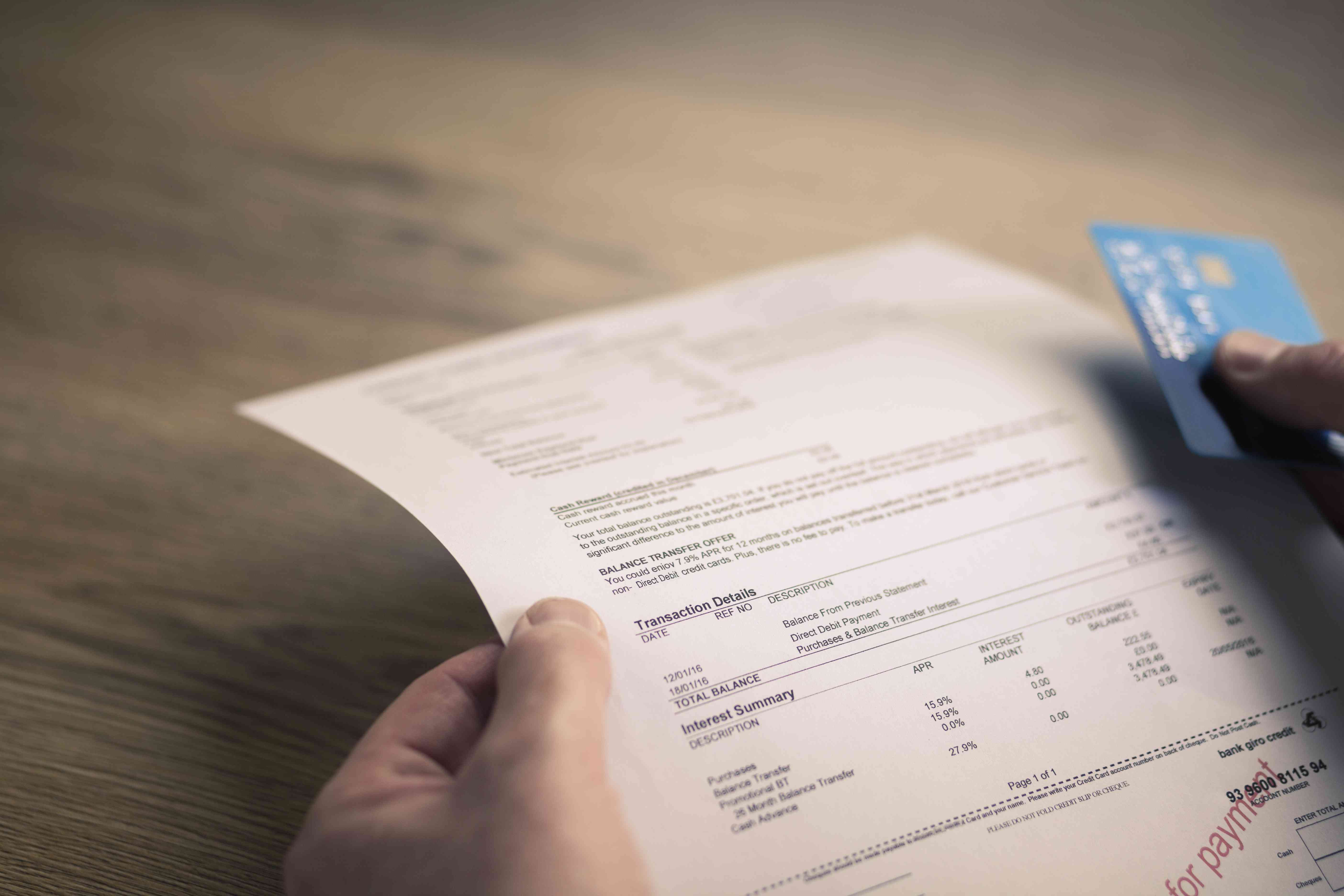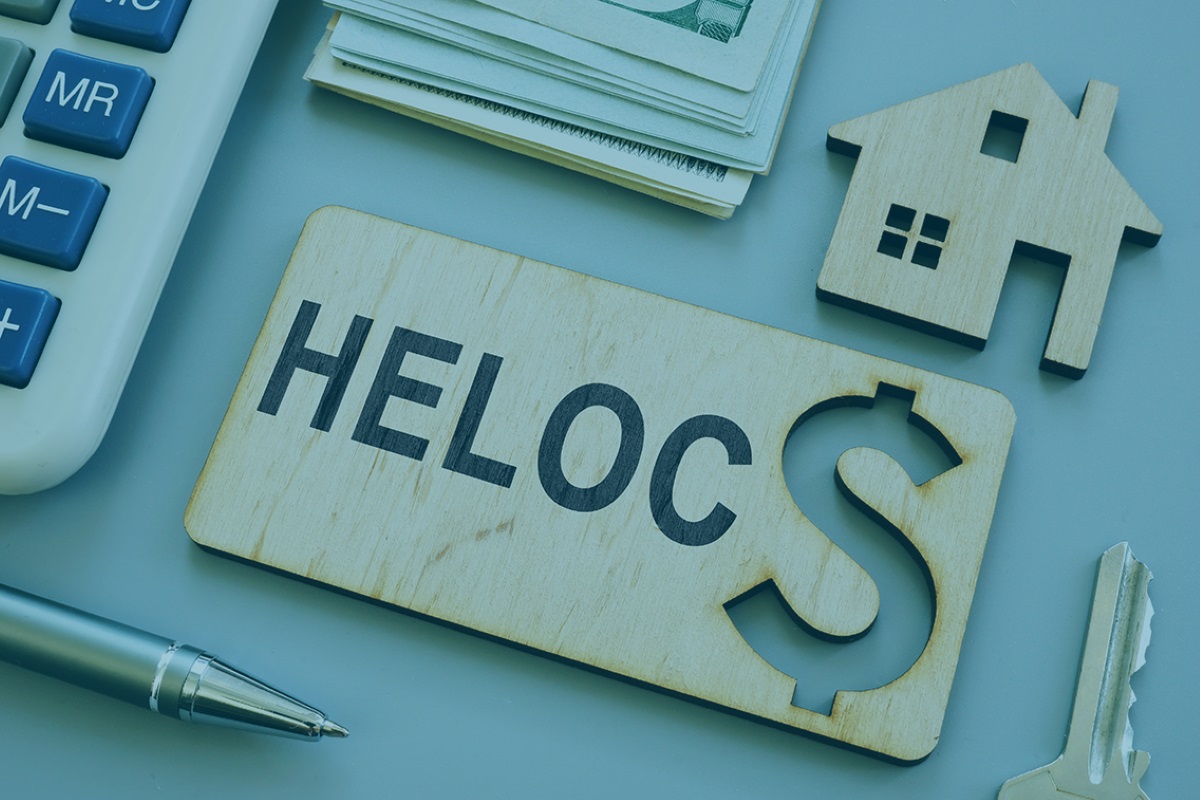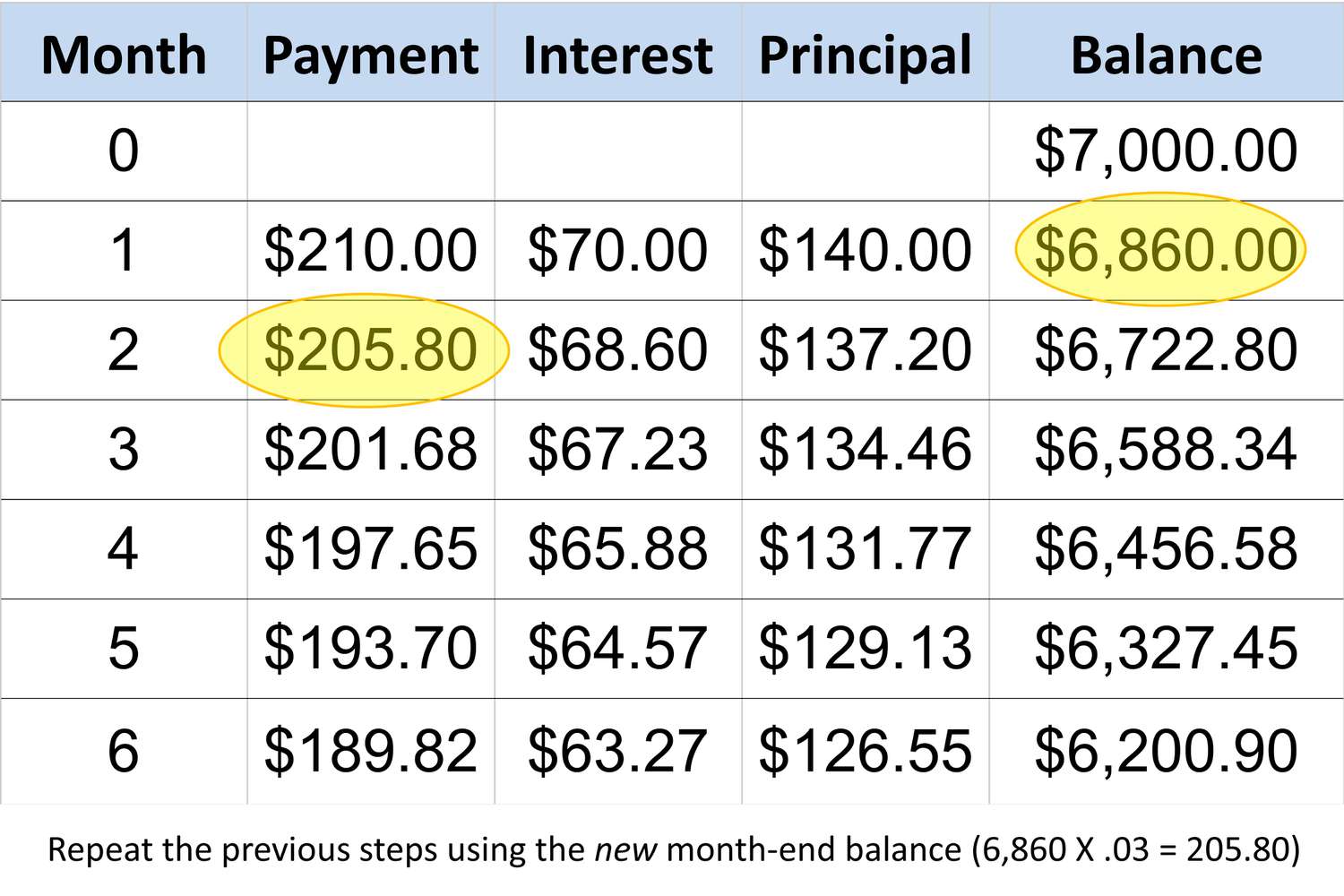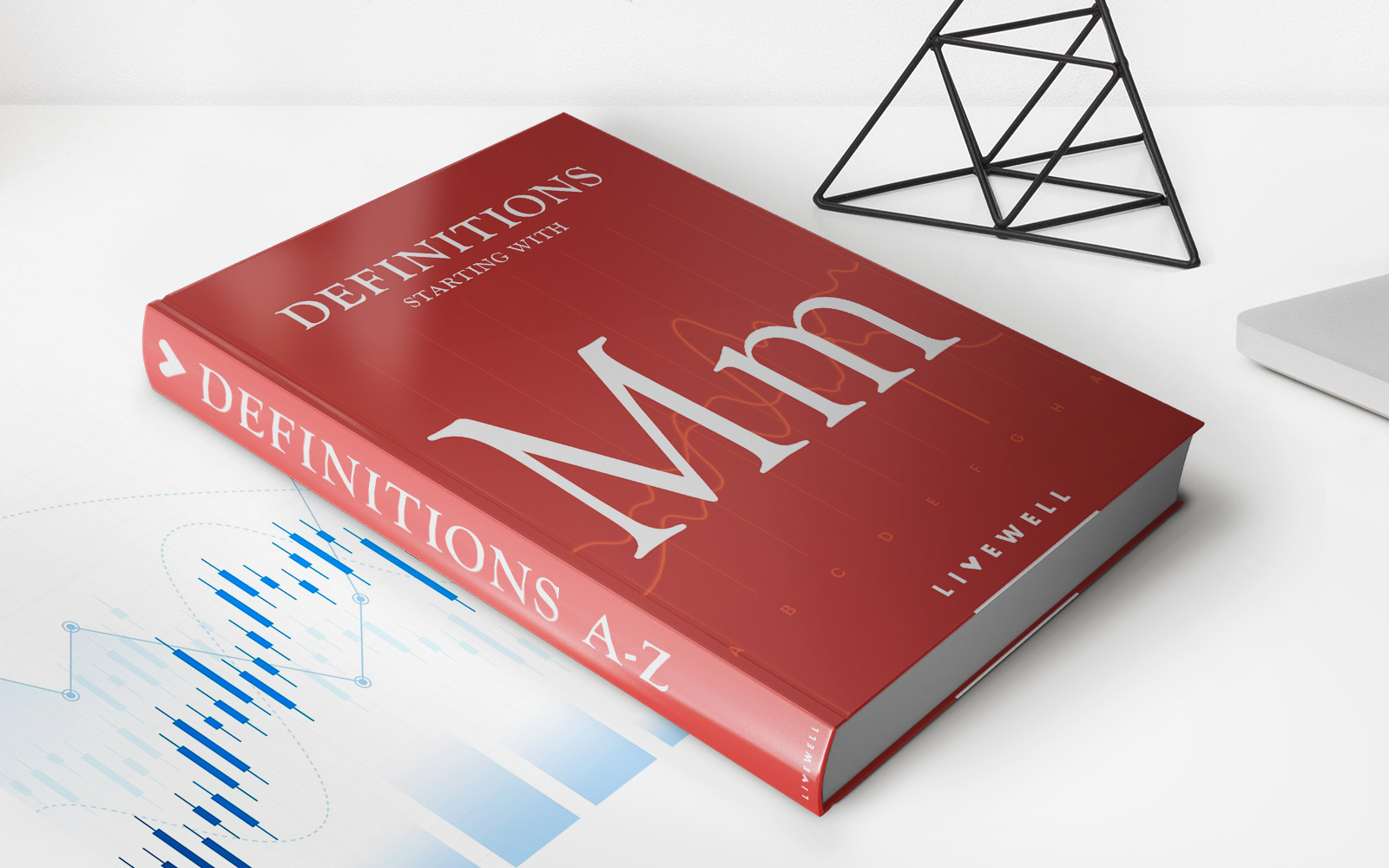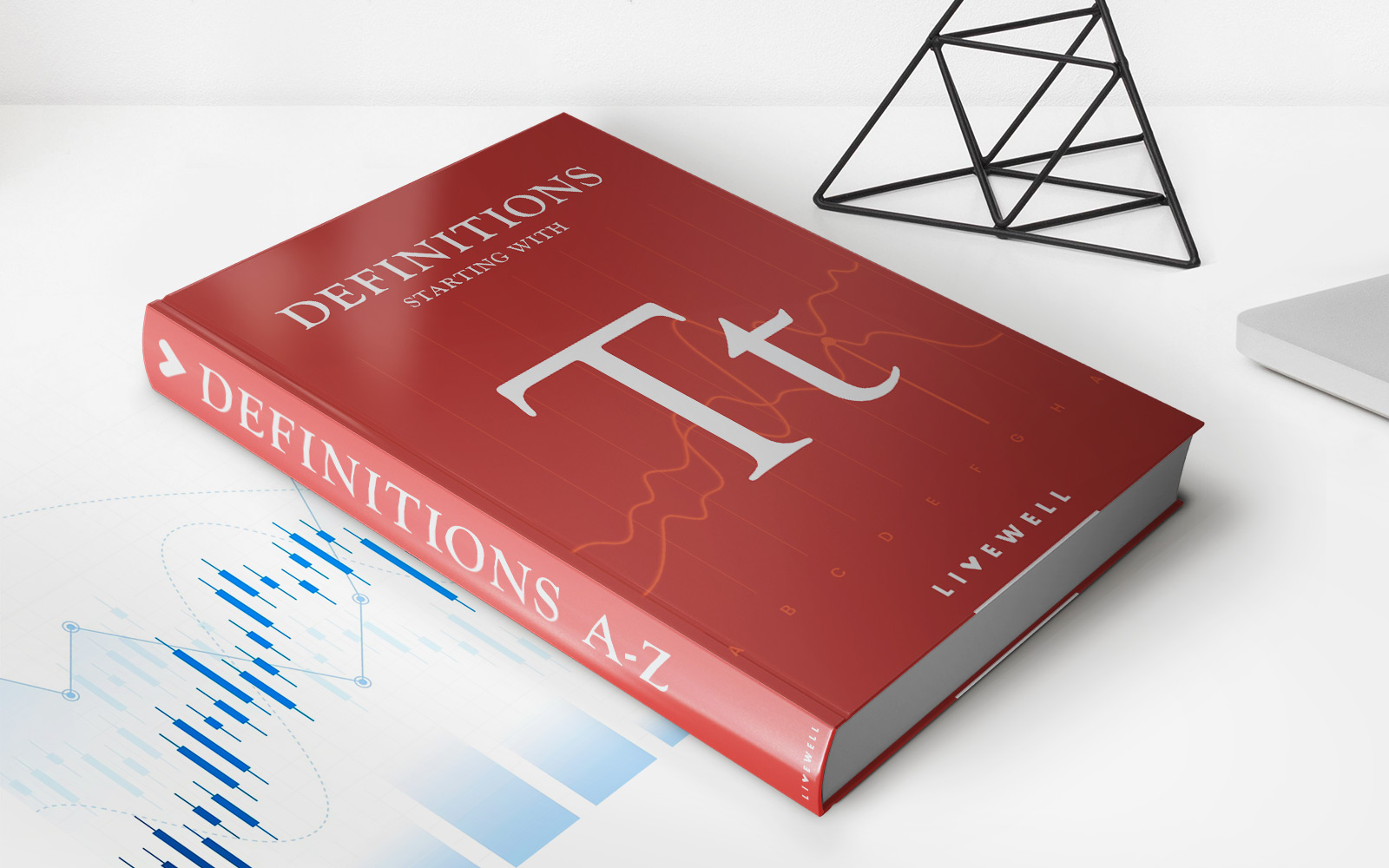

Finance
What Is The Minimum Payment For A HELOC Loan
Published: February 26, 2024
Learn about the minimum payment for a HELOC loan and how it impacts your finances. Understand the importance of managing your HELOC payments effectively. Gain insights on HELOC finance.
(Many of the links in this article redirect to a specific reviewed product. Your purchase of these products through affiliate links helps to generate commission for LiveWell, at no extra cost. Learn more)
Table of Contents
Understanding the Minimum Payment for a HELOC Loan
Introduction
When it comes to managing your finances, understanding the intricacies of different types of loans is crucial. A Home Equity Line of Credit (HELOC) is a versatile financial tool that allows homeowners to leverage the equity in their homes for various purposes such as home improvements, debt consolidation, or major expenses. One of the key aspects of managing a HELOC is making the minimum payment, which can fluctuate based on several factors.
HELOCs differ from traditional mortgages or personal loans in the way the minimum payment is calculated, and it's essential for borrowers to grasp the nuances to effectively manage their financial obligations. In this article, we'll delve into the concept of HELOC loans, explore the factors that influence the minimum payment, learn how to calculate it, and discuss valuable tips for effectively managing HELOC payments. By gaining a comprehensive understanding of the minimum payment for a HELOC loan, borrowers can make informed financial decisions and ensure responsible management of their home equity line of credit.
Understanding HELOC Loans
A Home Equity Line of Credit (HELOC) is a type of revolving loan that allows homeowners to borrow against the equity in their homes. Unlike a traditional mortgage, which provides a lump sum upfront, a HELOC operates more like a credit card with a predetermined credit limit. This means that borrowers can access funds as needed, up to the approved credit limit, and only pay interest on the amount borrowed.
HELOCs typically consist of two main phases: the draw period and the repayment period. During the draw period, which can last up to 10 years, borrowers can access funds and make interest-only payments. Once the draw period ends, the repayment period begins, and borrowers are required to make fully amortizing payments to pay off the outstanding balance over a specified term.
One of the key advantages of a HELOC is its flexibility. Borrowers can use the funds for various purposes, such as home renovations, debt consolidation, education expenses, or emergency financial needs. Additionally, the interest paid on a HELOC may be tax-deductible if the funds are used for qualified home improvements, making it an attractive financing option for homeowners.
It’s important to note that HELOCs are secured by the borrower’s home, meaning that failure to repay the loan could result in the loss of the property through foreclosure. As such, responsible management of a HELOC, including understanding the minimum payment requirements, is essential to avoid financial hardship and protect homeownership.
Factors Affecting Minimum Payments
The minimum payment for a Home Equity Line of Credit (HELOC) is influenced by several key factors, each of which can impact the borrower’s financial obligations and overall repayment strategy.
- Outstanding Balance: The amount owed on the HELOC directly affects the minimum payment. As the outstanding balance fluctuates, so does the minimum payment amount. Borrowers should be mindful of their spending and repayment patterns to effectively manage the minimum payment requirements.
- Interest Rate: The interest rate on a HELOC can be variable or fixed, with variable rates subject to periodic adjustments based on market conditions. Fluctuations in the interest rate can lead to changes in the minimum payment, potentially impacting the borrower’s overall financial plan.
- Draw Period vs. Repayment Period: During the draw period, borrowers typically make interest-only payments, which may result in lower minimum payments compared to the repayment period when fully amortizing payments are required. Understanding the transition between these phases is crucial for financial planning.
- Payment Terms: The specific terms of the HELOC, including the repayment period and any special provisions, can influence the minimum payment amount. Borrowers should carefully review the loan agreement to grasp the payment terms and associated obligations.
- Market Conditions: Economic factors and market conditions can impact the minimum payment for a HELOC, especially if the interest rate is variable. Being aware of potential changes in market conditions can help borrowers prepare for adjustments in their minimum payment requirements.
By understanding these factors, borrowers can proactively manage their HELOC payments and navigate potential changes in their financial obligations. Additionally, staying informed about the terms of the HELOC and maintaining open communication with the lender can contribute to a more transparent and manageable repayment process.
Calculating the Minimum Payment
Calculating the minimum payment for a Home Equity Line of Credit (HELOC) involves understanding the components that contribute to this essential financial obligation. While the specific calculation method may vary between lenders, certain key factors typically influence how the minimum payment is determined.
One common approach to calculating the minimum payment on a HELOC involves considering both the interest-only payments during the draw period and the fully amortizing payments during the repayment period. During the draw period, the minimum payment is often based on the accrued interest for that billing cycle. This means that borrowers are required to pay the interest charges for the amount of credit they have utilized, with the option to make additional principal payments if desired.
As the HELOC transitions into the repayment period, the minimum payment calculation may shift to include both the accrued interest and a portion of the principal balance, designed to ensure full repayment of the outstanding amount over the specified term. This transition can lead to an increase in the minimum payment, as borrowers are now working to pay down the principal in addition to covering the interest charges.
It’s important for borrowers to review their HELOC agreement and communicate with their lender to fully understand how the minimum payment is calculated and how it may evolve over the life of the loan. By staying informed about the calculation methodology and potential changes in the minimum payment amount, borrowers can effectively plan their finances and make informed decisions regarding their HELOC obligations.
Furthermore, utilizing online calculators or consulting with financial advisors can provide valuable insights into the minimum payment calculation process and empower borrowers to manage their HELOC payments responsibly.
Tips for Managing HELOC Payments
Effectively managing Home Equity Line of Credit (HELOC) payments is essential for maintaining financial stability and maximizing the benefits of this versatile financial tool. By implementing strategic approaches and proactive measures, borrowers can navigate their HELOC obligations with confidence and responsible financial planning.
- Monitor Interest Rate Changes: Stay informed about the terms of your HELOC, especially if the interest rate is variable. Fluctuations in the interest rate can impact your minimum payment, so being aware of potential changes is crucial for financial planning.
- Create a Repayment Strategy: Develop a clear repayment strategy to address the outstanding balance, especially as the HELOC transitions from the draw period to the repayment period. Consider making additional payments to accelerate the repayment process and reduce overall interest costs.
- Review Your Budget Regularly: Incorporate HELOC payments into your budget and regularly review your financial plan to ensure that you can comfortably manage the minimum payment and any potential changes in payment requirements.
- Utilize Funds Wisely: Use the funds from your HELOC judiciously, focusing on investments that can potentially generate returns or improvements that add value to your home. Avoid unnecessary or frivolous spending that may strain your financial resources.
- Communicate with Your Lender: Maintain open communication with your lender to address any questions or concerns about your HELOC payments. Understanding the terms and conditions of your loan agreement is crucial for effective management.
- Explore Refinancing Options: If market conditions are favorable or if you seek to transition to a more predictable payment structure, consider exploring the possibility of refinancing your HELOC to secure more favorable terms.
By proactively managing HELOC payments and staying attuned to potential changes in minimum payment requirements, borrowers can effectively leverage their home equity while maintaining financial prudence. Responsible financial management, coupled with a clear understanding of the factors influencing HELOC payments, can empower borrowers to make informed decisions and achieve their financial goals.
Conclusion
Managing the minimum payment for a Home Equity Line of Credit (HELOC) requires a comprehensive understanding of the factors influencing the payment amount and proactive financial planning. By recognizing the impact of the outstanding balance, interest rate fluctuations, draw and repayment periods, payment terms, and market conditions, borrowers can navigate their HELOC obligations with confidence and responsibility.
Calculating the minimum payment involves considering both the interest-only payments during the draw period and the fully amortizing payments during the repayment period. This transition underscores the importance of developing a clear repayment strategy and budgeting effectively to accommodate potential changes in the minimum payment amount.
Effective management of HELOC payments entails monitoring interest rate changes, creating a structured repayment plan, reviewing budgetary considerations, utilizing funds judiciously, maintaining open communication with the lender, and exploring refinancing options when beneficial. These proactive measures empower borrowers to leverage their home equity while maintaining financial stability and working towards their long-term financial objectives.
Ultimately, a well-managed HELOC can serve as a valuable financial resource, providing flexibility and potential tax benefits for homeowners. By staying informed, proactive, and engaged in their financial management, borrowers can harness the benefits of a HELOC while safeguarding their financial well-being and homeownership.
